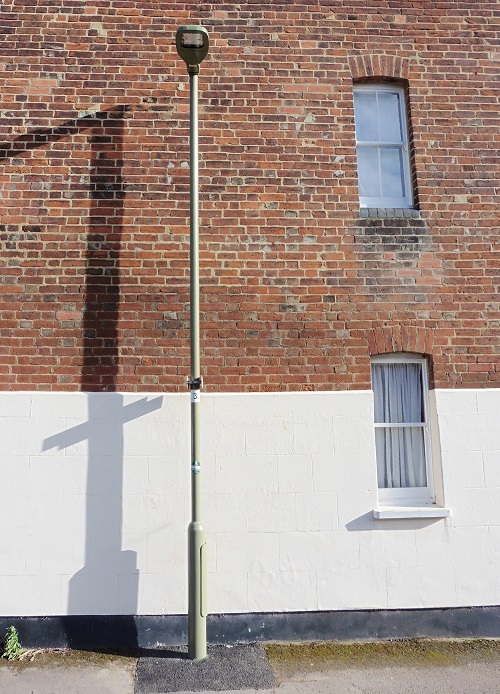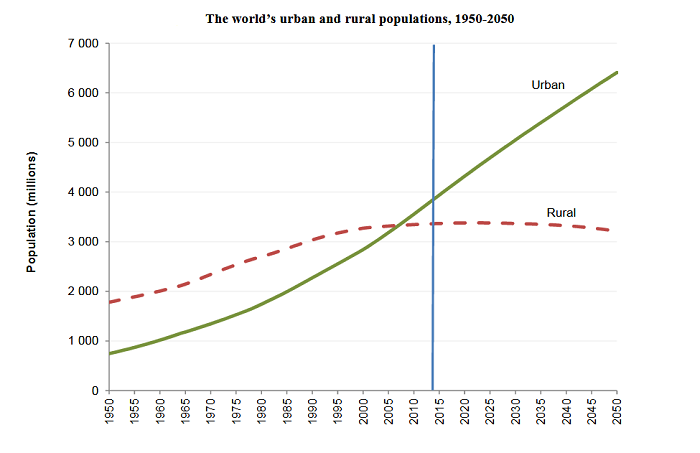
Cities are getting smarter every day, with IoT devices helping make maintenance and services more efficient. From managing utilities and mass transportation to finding parking spaces and potholes, smart connected devices are playing an increasing role in lowering operating costs while improving the quality of life in urban areas. And at the core of the urban IoT stands the lowly lamppost.
It’s a natural fit. Streetlights are already in place, are widespread throughout the city, have electric power, and provide a sturdy mounting platform with height that benefits wireless connectivity. Creation of an IoT edge node infrastructure simply requires installing devices. What those devices do, and what benefits they enable, is wide open.
Many applications are already in the works in various cities across the globe. Some are using the systems to monitor air quality, sound levels, and parking spaces from the lamppost. The sound sensors are also being used to help reduce crime by triangulating gunshot sounds and automatically dispatching police. Cities are saving money by dimming the lights when streets are empty and turning them back up when pedestrians or traffic are present. Systems are monitoring traffic flow to suggest alternative paths and bypass gridlock, strobing lights to direct emergency services to their destinations, and advising commuters when the next will actually arrive. And this is just the beginning.

As people increasingly move into city life, cities will have to become smarter to stay effective. (Source: UN Department of Economic and Social Affairs)
For many urban planners, smart cities are an evolution necessary to deal with the impact of global urbanization. According to a United Nations report on The World’s Cities in 2016, already more than half of the world’s population lives in urban settlements, a reversal of the rural-urban population distribution in the mid-20th century. By 2030, the U.N. projects, more than 60% of the world’s population will live in cities, with one in three living in a city with at least half-a-million residents. Cities will have to get smarter in order to function effectively, and the smart lamppost is the first step.
Want to know more? EP’s sister publication EE Times has an EE Times University course for you: Intelligent Street Lighting — Backbone of the Smart City . The free online series comprises three one-hour sessions of audio lecture followed by a Q&A chat led by EP’s contributing writer Howard M. Cohen. Howard is a 35-year IT veteran and frequent speaker at industry events who will inform his presentations with both technical understanding and personal experience. The three-part course will run August 15−17 and cover:
Part 1: Overview of the Smart City — What is a Smart City? What makes it “smart”? How does that “smartness” translate into benefits for the citizens, businesses, and government of those cities? This segment will explore several smart cities around the world to see just how much they’ve accomplished as living examples of smart cities in action.
Part 2: Controlling Light Sources — Much energy was conserved when street lighting was first put on timers that would turn them on in the evening and off in the morning. Today’s intelligent street lighting goes even further. This session will explore the various control systems, intelligent street lighting lamps, and housings to prepare us to evaluate given city situations and make informed decisions as to how to use Smart Cities technologies to drive great outcomes.
Part 3: What’s Next in Smart City Lighting? (hint: sensors) — This final session will examine the role of intelligent street lighting as the backbone and nervous system of a Smart City. What are the attributes that make street lighting such a desirable candidate for this important role? What kinds of things can we use lighting poles to help us accomplish? How are significant values achieved with these technologies? Here’s how to turn a simple light pole into a silent sentry, watching over, connecting, and helping to control everything that makes city life better.
Participation is free, although registration is required. You can register for each session individually at the links above to participate in the live presentation and Q&A at 9:00a.m. PDT. Or, if the days and times are not convenient, you can access the archived versions at your convenience. Either way, tune in and learn how lampposts are leading the way toward the cities of tomorrow.
Here are some of Howard's recent Special Reports:
Special Report: City-wide savings as simple as IoT garbage
Special Report: Security issues multiply exponentially as industrial control systems (ICS) go mainstream
Advertisement





